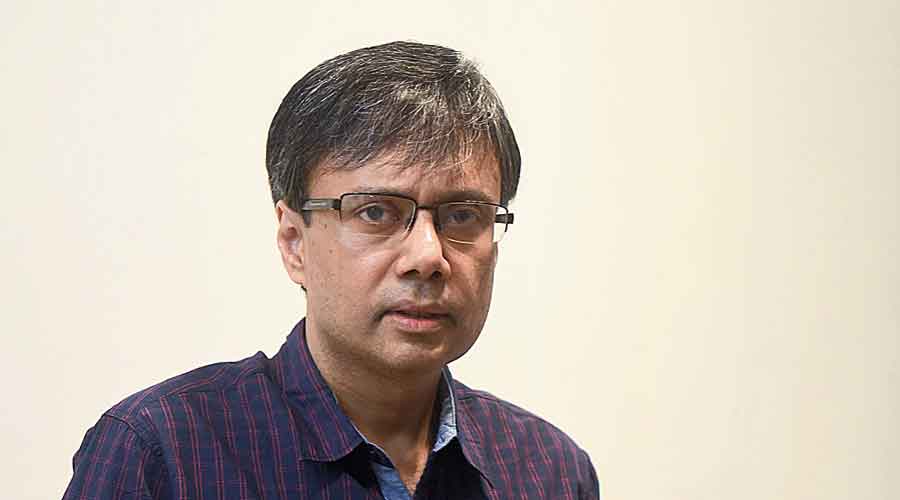A group of Calcuttans has written to the Calcutta Municipal Corporation (CMC) to conduct an exercise to identify heritage precincts and help protect from demolition houses that lend a character to a place.
A heritage precinct is different from a heritage building. While an individual house can be tagged as a heritage structure, a precinct is a collection of houses on a road that together tell the story of a time, of a place or culture, said an architect who co-authored the proposal sent to the civic body.
According to the group behind the move, cities like Mumbai and Ahmedabad have heritage precincts but Calcutta has none.
Declaring a neighbourhood as a heritage precinct may not mean that demolition of all buildings in the zone will be stopped forever, said Partha Ranjan Das, an architect who is one of those who drafted the proposal.
“There are many overlapping laws. I cannot force someone who doesn’t have the ability to maintain a large house not to sell it. But there are other ways to preserve a heritage precinct,” he said.
Das added that the government had to create incentives for the owners of buildings in a heritage precinct so that they did not pull them down. If an owner is unable to maintain the property, the government must buy it or act as a facilitator so that someone interested in preserving the house buys it.
The initiative to identify heritage precincts in Calcutta was taken up by author and singer Amit Chaudhuri and heritage conservationist G.M. Kapur. During a couple of their meetings with the CMC officials they had raised the issue. Calcutta High Court had asked the CMC to sit with the two following a PIL that objected to the delisting and downgrading of buildings from the CMC’s heritage list.
“A heritage precinct is different from a heritage building. It could be that no single building is of any great historical significance but when they are seen together, they represent an unique architectural style or tell the story of a time or tell the story of culture of a people,” said Das.
Chaudhuri said that in trying to identify heritage precincts, they were not looking at monuments but houses that gave a place an identity and remained as evidence of various phases of Calcutta’s progress over the years.
“If you see a movie from the 60s that depicts the life in Mumbai or London of that time and go to these cities now, you will still find many of those houses intact. But the way things are being demolished in Calcutta, we will soon lose whatever remains. Therefore the need to identify and declare some places of significance as heritage precincts is necessary,” he said.
Das cited the example of Southern Avenue, which has many buildings with an art deco architecture, and Bhowanipore, which has many buildings with two courtyards and a verandah. “None of these buildings was inhabited by any luminary, neither did any historical event take place there. But if one walks down the road looking at the buildings, they represent a unique style, time and a culture,” he said.
Conservationist Kapur cited the example of Hastings, where roads evoke the feeling of European settlements but the houses have mostly disappeared. “Hastings could have been a heritage precinct if it were preserved,” he rued.
The proposal sent to the CMC does not name any place. It calls for a dedicated team that will roam streets and lanes to identify heritage precincts.
In July last year, the Calcutta Architectural Legacies (CAL) and Indian National Trust for Art and Cultural Heritage had filed a PIL at the high court seeking to know the parameters set by the CMC to downgrade or delist a heritage structure. In November, the court asked the CMC to sit with the litigants and resolve the matter, said CAL founder Chaudhuri.
Members of CAL and Intach had raised the issue of absence of heritage precincts in Calcutta during these meetings. “The CMC asked us to give them a proposal. We gave them the proposal on August 10,” said Chaudhuri.










